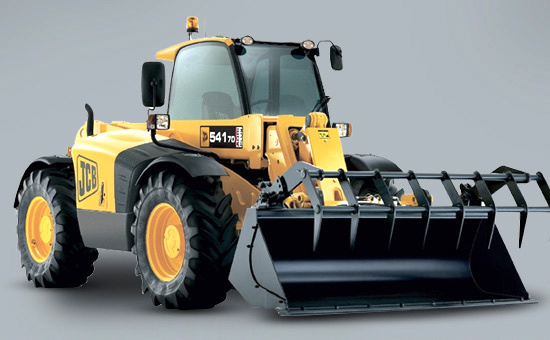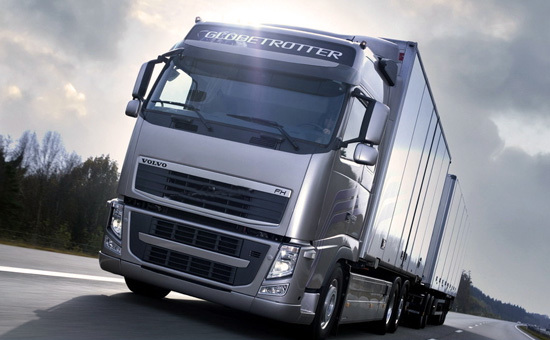
Competitive Landscape of China's Turbocharger Industry, 2024-2029
Release time:2024-09-24
A turbocharger is a device that increases the output and efficiency of an internal combustion engine by utilising the exhaust gases. It is made up of two parts, the turbine and the compressor. The turbine part uses the energy of the exhaust gas to drive the turbine to rotate, while the compressor part uses the force of the turbine to rotate to compress a large amount of air and send it into the engine, thus increasing the intake pressure and air flow of the engine, making the combustion more complete, and improving the combustion efficiency and output power.
Turbochargers are widely used in diesel and petrol engines and are one of the important components of modern high-performance engines. As an important technology for improving fuel economy, turbocharging will remain one of the main directions for the development of fuel vehicles in the future. In fuel vehicles, the traditional energy-saving technologies currently adopted include lightweighting, turbocharging, direct injection, start-stop systems, and so on. Among them, turbocharging technology can not only help car companies to meet the increasingly stringent emission regulations, but also enhance the power performance to meet the growing expectations of end-users for vehicle driving performance. Compared with naturally aspirated engines, turbocharged engines have higher fuel efficiency.
In the context of automotive energy saving and emission reduction, turbocharging as a cost-effective energy saving and emission reduction technology solutions, the market size is expected to continue to grow. According to Garrett's 2022 report, the global turbocharger market sales volume is about 46 million units, and the total market size is estimated to be about USD 10 billion. In 2024, turbocharger sales are expected to reach 48 million units. According to Standard & Poor's, the turbocharger penetration rate in the global light vehicle (passenger car + light commercial vehicle) market is expected to increase from 47% in 2022 to 51% in 2025. Against the background of automotive energy saving and emission reduction, turbocharging, as a cost-effective energy saving and emission reduction technology solution, is expected to grow steadily along with the increase in its penetration rate.
Related News
Messages



